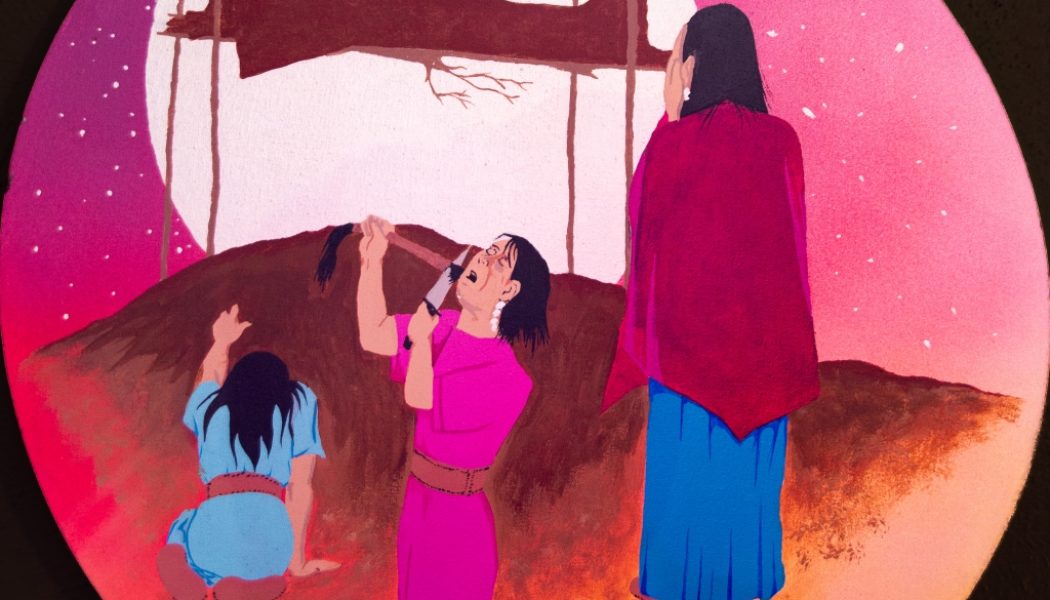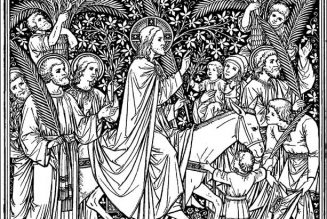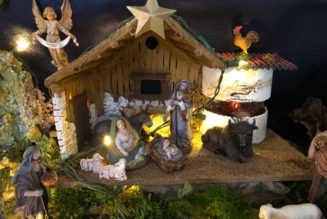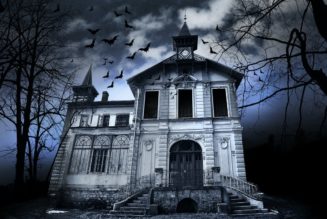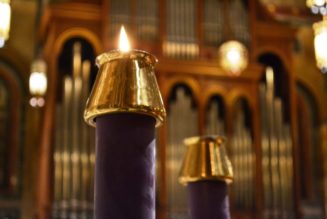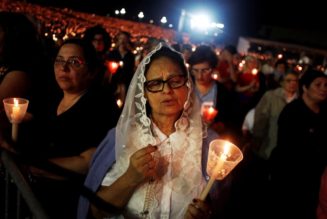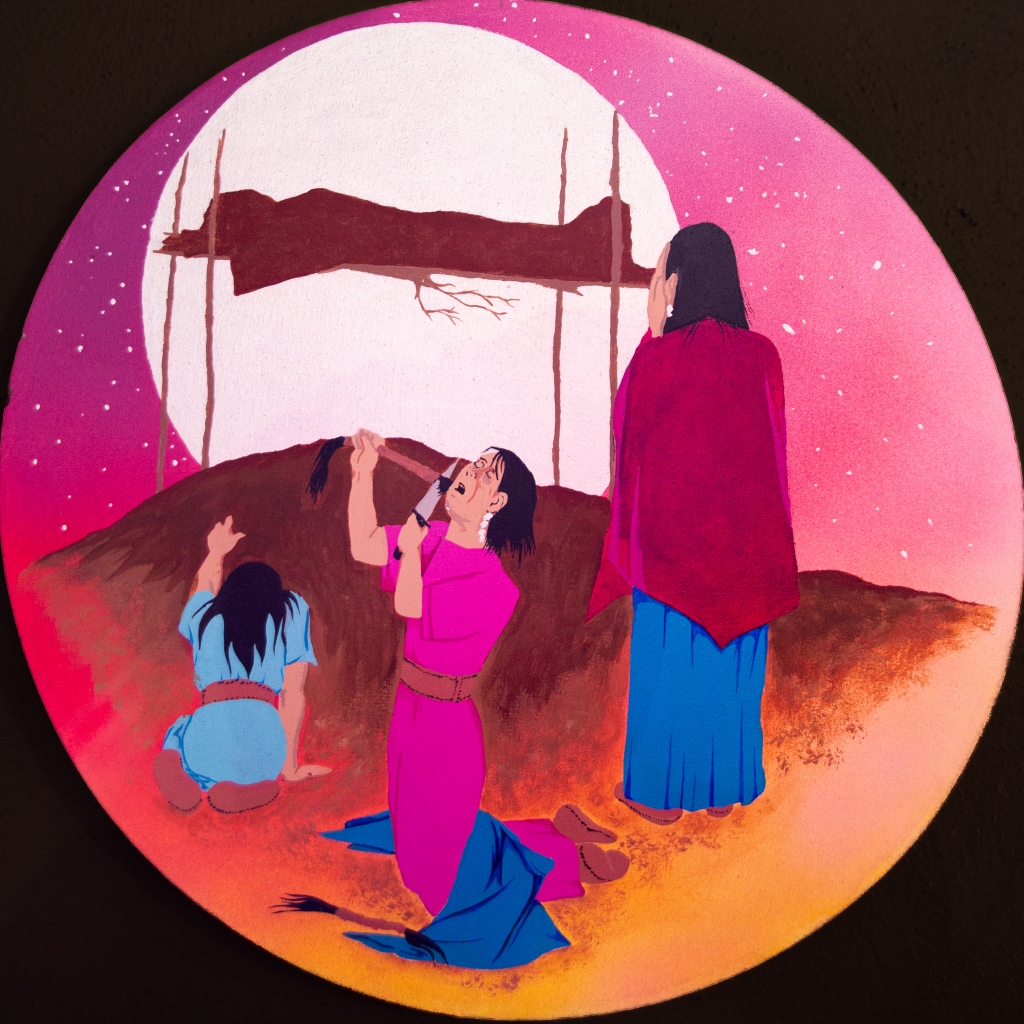
In past columns I have mentioned the St. Stephens Indian Mission in St. Stephens, Wyoming. The mission is a diocesan parish and is on the Wind River Indian Reservation. St. Stephens has been the Catholic presence on the reservation since the Jesuits established it in 1884.
St. Stephens is the primary Catholic church on the reservation. Inside the church is replete with images and designs of Arapaho culture intertwined with Catholic symbols and structures. “Beautiful” is a word that falls far short in describing the church. It is not beautiful like the cathedrals in Europe, but evinces the deep spirituality of a people who have completely embraced Catholicism without abandoning their unique culture.
One of the most striking examples of cultural blending is the Stations of the Cross that adorn the walls on both sides of the church. The paintings were created by a local Arapaho artist and, like much of the artwork, combine both Indian and Anglo cultures.
I was given a booklet by the pastor of St. Stephens that gives some details about the symbolism in the paintings. It says:
“… Jesus is depicted with the spirit of a white eagle hovering protectively close to his body instead of the traditional halo. The eagle, respected for its size, strength and keen movement in flight, is an integral part of Indian culture. The dove, suspended over Veronica and Mary represents love, peace and tenderness. This blending of symbols will help us visualize and accept the fact that Jesus’ way to death is our way to life.”
The picture that accompanies this column is the 14th station, titled “Jesus is Laid to Rest.” Here Jesus’ body is covered and placed upon a scaffold, a traditional Arapaho practice. In the front are the grieving women. It was the image of the woman in the middle who is cutting her hair that brings me to tears nearly every time I see this station.
Hair is a powerful symbol in the culture of many tribes. Because it is so important, hair is generally left uncut.
Except in grief.
Even today at the funeral of Arapaho tribal members, family will show up with their hair cut off in mourning for the loved one who died. It is a serious action fraught with deep, sorrowful meaning.
The woman in the painting has cut off one braid, which is lying on the ground, and is in the process of cutting off her second braid, wailing in agony over the death of her loved one, Jesus. The images of the other two women, even from the back, leave no doubt about the grief they are feeling as well.
I have seen many, many beautiful statues and reliefs portraying the Stations of the Cross. I have visited two life-sized Stations in San Luis, Colorado; St. John, Indiana. They are truly stunning and worth the trip to see them and to pray at them.
But it is the Arapaho woman cutting her hair that, for me, makes the grief almost unbearably real. My friend, whom I loved so much, is dead.
But in three days’ time ….
If you would like to see all 14 Stations of the Cross and their accompanying prayers, visit https://bit.ly/3sZw4c6
As always, thanks for reading. I would love to hear from you. Write to me at mpotter@evdio.org.
Tags: beauty, Cheyenne, Diocese of Evansville, Jesus, photography, St. Stephens Mission, stewardship, Wind River Reservation, Wyoming
Join Our Telegram Group : Salvation & Prosperity
